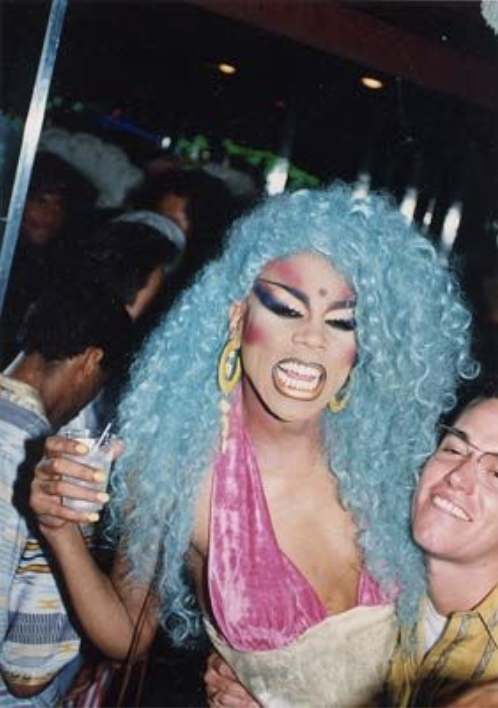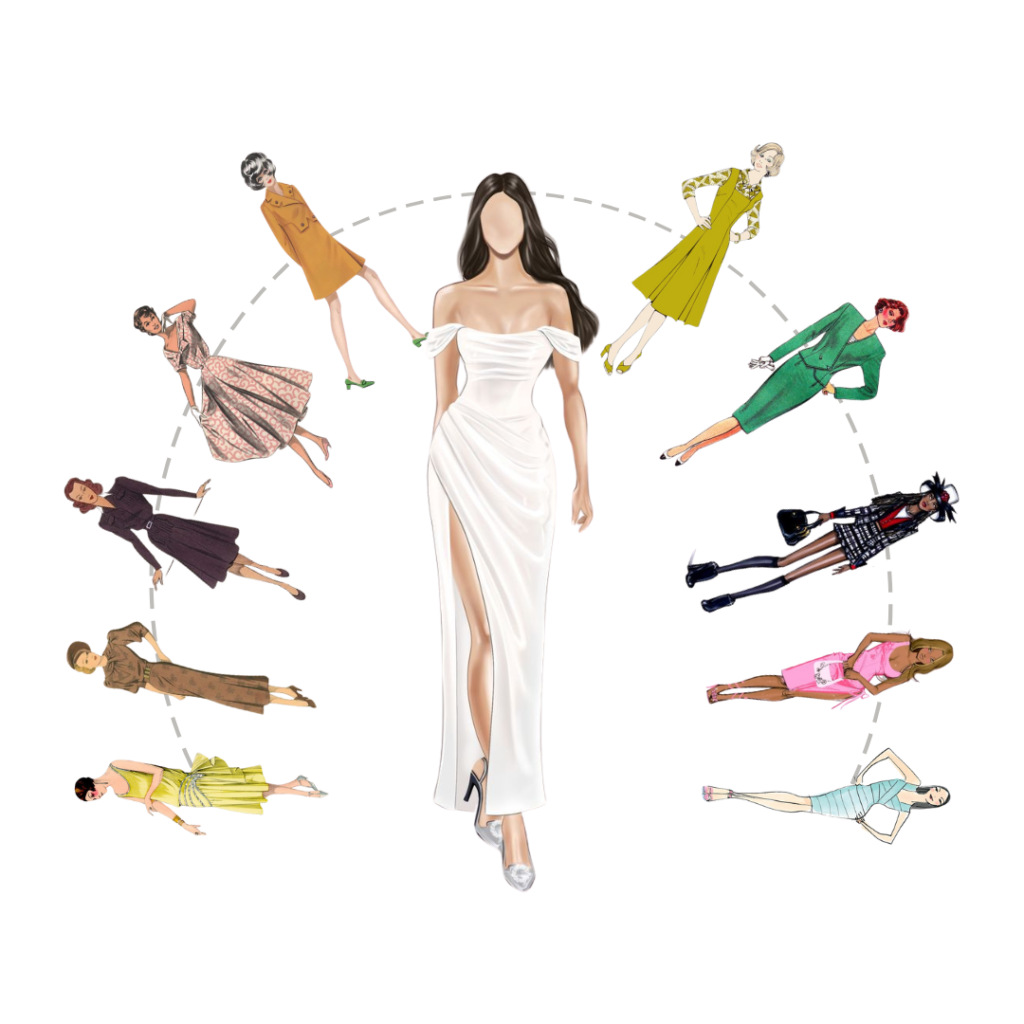Fashion and the economy have a lot in common. We can look at someone and understand their willingness to spend on clothes and can judge a person’s income based on where they shop. However, fashion’s relation to economic changes is more intertwined than one might initially think.
If you picture 1920s style – the flapper dresses, shorter hemlines, risque hairstyles and thinly arched brows – some immediate comparisons with early 2000s, and undeniably current, fashions can be drawn. The classic Paris Hilton silver birthday dress is reminiscent of 1920s draping, sparkling dresses, with kitten heels now in vogue flashing us back to the dancing shoes of the Roaring 20s.


However, come the early 30s, the Great Depression struck, and all of a sudden hemlines went down and poverty rates went up. Gone were the sparkly mini dresses and kitten heels – in were clothes you could work in, skirts long enough to show your modesty in a time of great suffering.
This is known as the Hemline Index. The better the economy, the shorter the dress. These cycles continue throughout history. Minis in the 60s, long skirts in the early 70s. Short skirts in the 00s and longer hemlines after the market crashed in 2007.
Trends resurface every 20 years, according to experts in fashion analysis. Generally, this is tied to both the economy, as stated, and nostalgia. When people leave high school, gain freedom and this can be done through fashion. The bellbottoms of the 70s were resurrected in the early 2000s, then discarded for a skinner fit in the 2010s, reminiscent of the tight jeans of the 80s. This is all understandable, and I’m sure you can acknowledge this resurgence in your own life. Your mum’s sundresses from the 90s are now coveted items on Depop, even if she originally got them for $5 from Target.

‘’Selling dreams’’ is a term used in fashion marketing. If you show a woman a beautiful blue dress, she sees herself on a romantic Euro summer getaway. When really, you’re showing her a high price tag and a well-formed ad. When we crave old trends, we’re craving how we felt at the time. We’re being resold the same dream, but this time we’re older. We have the money to buy those cute clothes and we have the confidence to wear them (hopefully!). Exactly like the woman with the blue dress, one may see themselves on summer break, carefree and surrounded by friends, whenever they see a neon Triangl bikini. Maybe they buy it on Facebook Marketplace and relive their ‘glory days’. Maybe they keep scrolling and think it’s too cringe.
Essentially, this indicates that fashion is not just a financial cycle, it’s an emotional cycle too. And as the world becomes increasingly uncertain and we see danger on our phones all day, every day, the emotional cycle speeds up.
This makes us at The Modern Muse ask the question: Is personal style even a thing if we’re all copying one another?
Fashion is still a way to identify yourself. You can wear Mui Mui ballet flats, and people will view you differently from a girl wearing platform Demonias. Prairie dresses have a completely different identity to pleated mini skirts, and Von Dutch denim caps are not comparable to a 1950s straw sunhat. So, while all these things are just imitations of past versions, they are still unique, and fashion still allows people to be identified, to be recognised, and to express who they are.
It’s worth noting that there might be a change coming with all this style resurgence. Sure, the cycle is quickening due to social media, and people are recreating viral looks then ditching the clothes the next month, but if you look at super unique celebrities like Julia Fox and Chappell Roan, it’s worth noting that feminist dressing, or styling outside of gendered, conformist norms, may be making a comeback. Bloomers, an 18th-century undergarment that highlighted a change toward comfortable options for the working woman, are now trendy, micro-mini and gingham. Grunge eyeliner that looks like it’s been slept in for a week is now sexy and chic, thanks to Charli XCX’s indie sleaze resurgence. No eyebrows, which would probably have gotten you burnt at the stake in the 1600s, are now a staple phase of supermodels worldwide. Essentially, periods of rebellion are being reborn through current trends, and it’s interesting to see if this is in response to current economic uncertainty or global distress and general dissatisfaction with the state of the world.


Fashion is undoubtedly cyclical. No style is ever truly unique or groundbreaking, but it can be worn in a way that is daring and makes a statement. It’s a part of who you are, and it may be a reminder of who you used to be or a period of your life that you miss.
So next time you’re in a thrift store, ask yourself: is it cute, or am I just wishing it was 2004?
Read more of our Thought-Provoking articles here.





